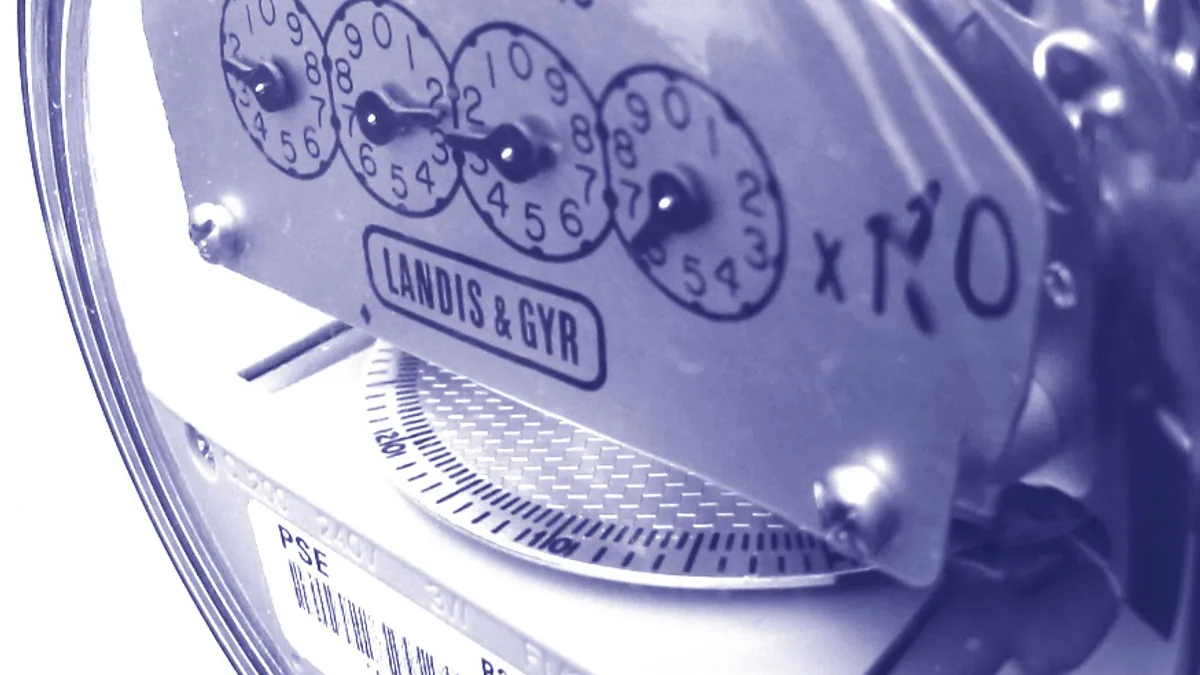Utilities have a range of reasons for wanting to better engage their customers, from staving off retail choice threats to more efficiently managing their distribution system. But as technology rapidly evolves, and consumer expectations , power companies are broadly getting on board with several trends that allow them to better connect with customers.
Partnerships
Utilities can't do it all. Their primary functions are maintaining power lines and delivering energy—not designing web sites, smart phone apps and cellular networks. But as those ancillary tasks play a larger role in how they connect with customers, utilities are reaching out to specialized tech companies to build the interfaces and products they need.
"Partnering is the name of the game these days," said Nest's head of energy partnerships, Jeff Hamel.
Nest is probably the most well-known smart thermostat on the market, a sleek and modern product now owned by Alphabet (formerly Google). "Our core focus is technology and customer experience," Hamel said, explaining why utilities turn to the company.
Seth Frader-Thompson, co-founder and President of EnergyHub, says it may be one of the most important trends in the space now. “Partnerships are huge—they're kind of everything, going forward,” he said. “As recently as a couple of years ago, a lot of utilities were worried they were going to be pushed out. And they're now realizing it's a huge opportunity.
Those partnerships can include any range of services, from integrating a smart thermostat to building an app, or developing the backbone infrastructure to tie it together. Cellular and tech companies are now partnering to offer dedicated spectrum for utilities to build their networks, as utility's quickly move away from older, one-way paging devices on their system.
Knowing the customer
It sounds simple, but utilities with better customer information are more successful in marketing programs. Some are calling it a "360 view" of the customer, while others just refer to it as segmentation. Regardless, it comes down to arming customer contacts with the most useful and complete information.
Austin Energy, for instance, has about 460,000 customers and created a program giving service representatives access to preferences and history.
“When someone calls in, we have a program we kind of developed in-house that gives us a pretty good sense of what that customer really prefers, and it creates a much more personal relationship with our customers," Deborah Kimberly, Austin Energy's Vice President of Customer Energy Solutions, told Utility Dive.
"Whether it's a billing issue, outage management, a move or disconnection, that's where the utility can engage those customers if they know a little about them," said Smart Grid Consumer Collaborative President and CEO Patty Durand. "That's where they need to invest a little more."
Connected devices
The internet has helped connect a wide range of devices to the web, from televisions to security cameras, and sprinkler systems to phones. From an energy and home perspective, the most significant is the smart thermostat.
“Smart thermostats are probably the best gateway to engage consumers," said Durand. "If you're going to pick one thing, the research points towards thermostats. It's something everyone is already aware of. Very high numbers of people want one."
Big data
The ability to collect and utilize large amounts of data is helping utilities not just market services and programs more effectively, but also to operate their system more effectively and reliably.
The industry will need to invest more in reaching customers, said Durand. "It's a bit too fast, too soon, to imagine the electricity can go from not marketing to their customers to understanding them on an individual basis. There needs to be step-wise growth."
Companies like Axiom and MSI can "score" a utility's database field by field, using publicly available data that other industry's are already using to better understand customers. "It doesn't have to be expensive," said Durand, "though it can be, depending on how much information you gather."
On a larger scale, tech-focused energy companies can help other organizations manage their data. Walgreens tapped EnerNOC in 2015 for its energy intelligence software and ability to manage the chain's utility accounts. And utilities are using the processing power behind their demand management programs to help keep the grid running smoothly.
“What you used to see, demand response was an emergency resource, and utilities would put it in and hope they didn't have to use it ...part of that was because of the technology they were putting in people's houses. The technology wasn't as capable, but has gotten better," said Frader-Thompson. "Now, instead of only running demand response territory-wide, utilities are moving into 'operational demand response' and might be doing some kind of DR every day.”
Energy marketplaces
As utilities seek to enroll customers in demand management programs, help retrofit inefficient homes, replace older lighting, or provide any other service, many are bring all of those offerings together in one place.
Commonwealth Edison introduced an online marketplace of energy-saving devices just before the holidays last year, using Simple Energy's platform to power the ComEd Marketplace. ComEd's President and CEO Anne Pramaggiore, in announcing the move, said it would be a "key step to building a premier, trusted customer experience."
Pramaggiore added that ComEd is expecting the marketplace to evolve over time, eventually becoming a place where "our customers can transact with us and other parties for a wide range of energy-related products and services.”
Georgia Power's marketplace is also powered by Simple Energy, and offers LED lighting, thermostats, water-saving devices, a security camera and power strips. And California's Pacific Gas and Electric offers everything form efficient water heaters to air purifiers and sound bars.
"I know of almost no utility that isn't investigating or hasn't launched an ecommerce site," said Durand.






















